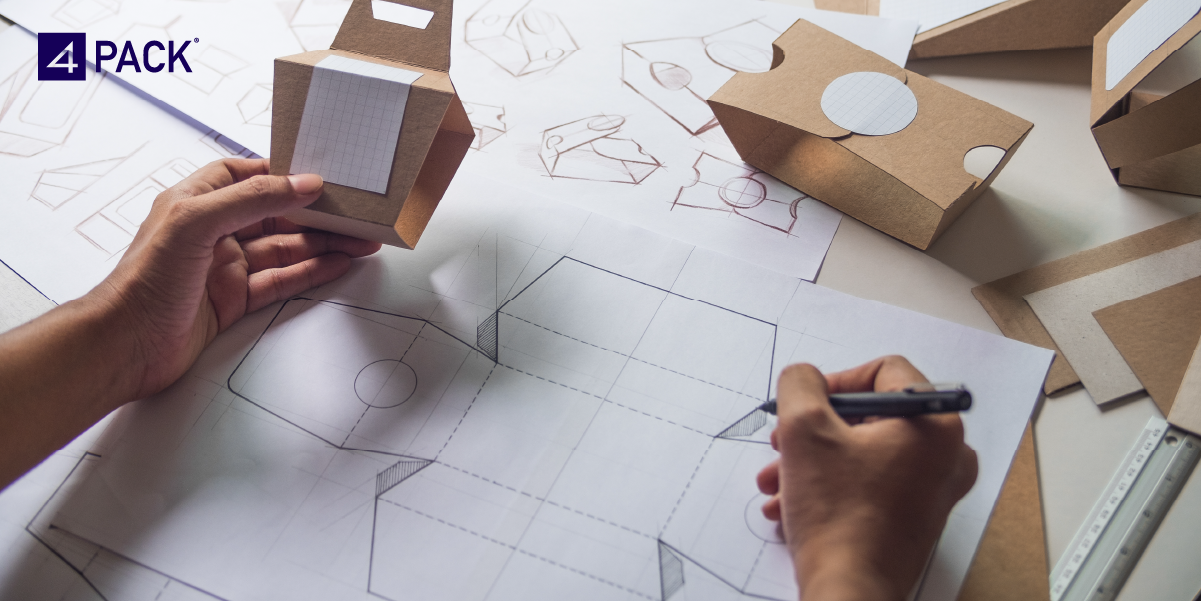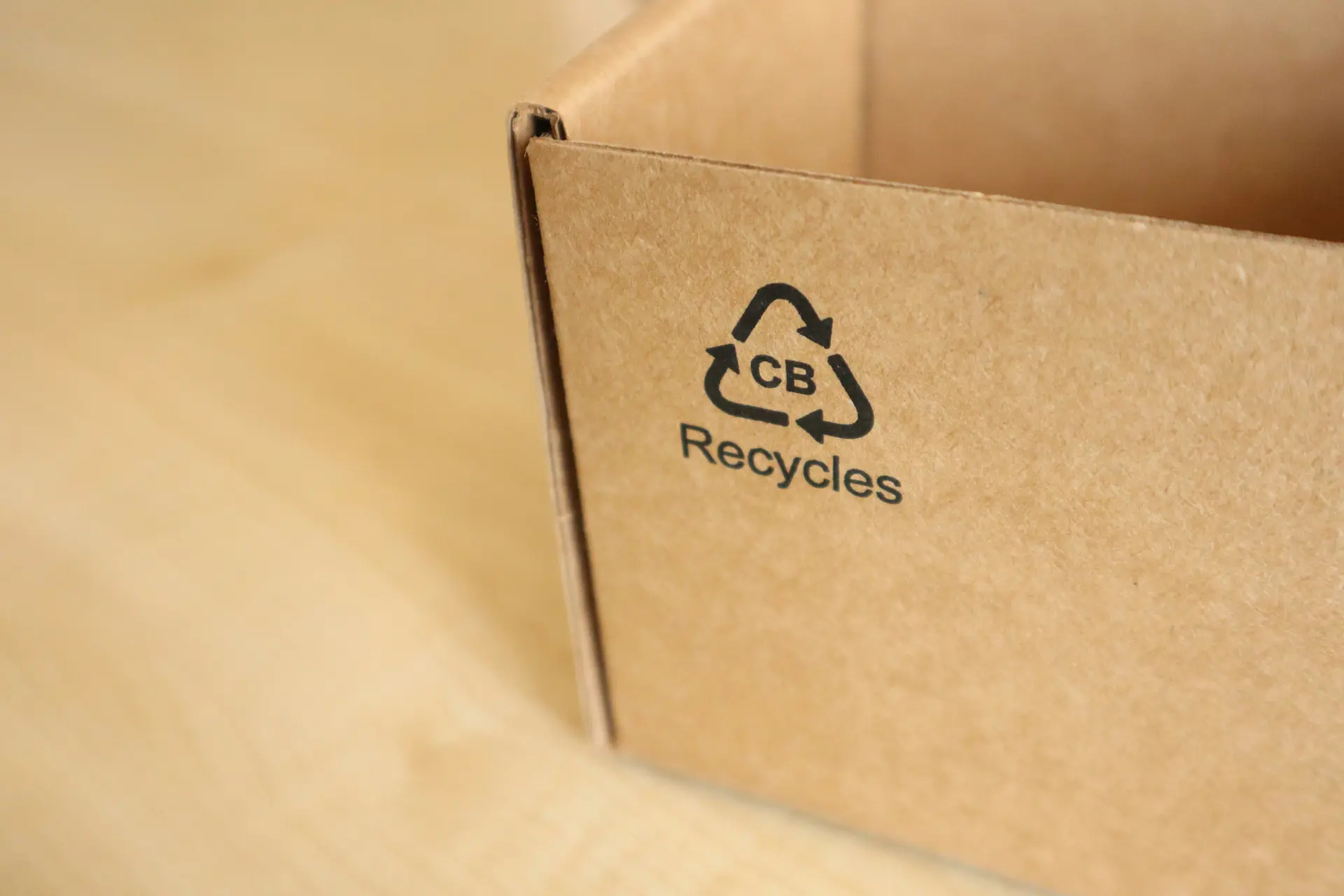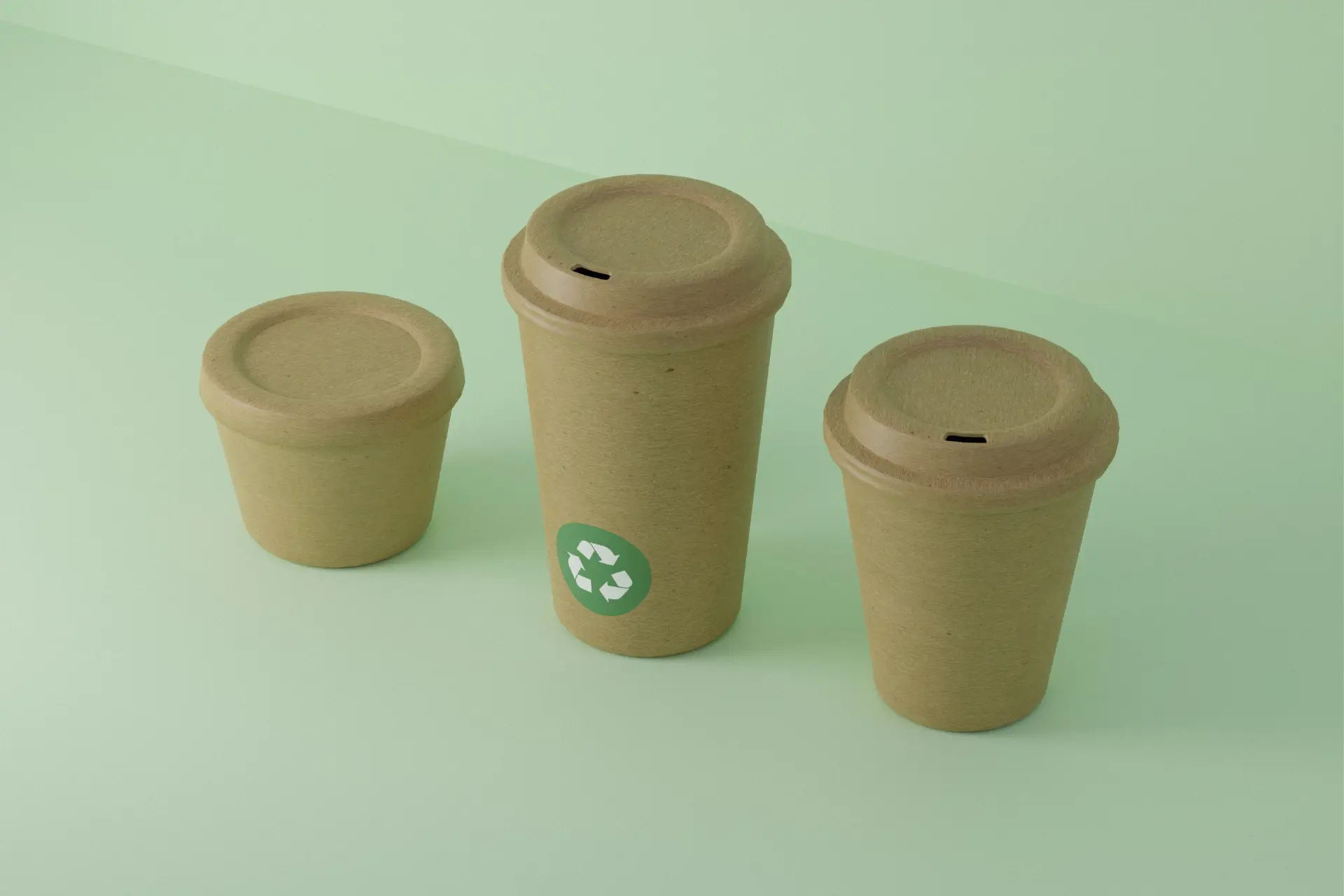Introduction
Efficient artwork approval processes are crucial for any business involved in producing products that require detailed labels and packaging. The ability to streamline these processes can significantly impact your time-to-market, compliance with industry standards, and overall productivity. However, many companies face challenges that hinder their ability to manage artwork approvals effectively. This article explores strategies to improve the efficiency of your artwork approval processes, with a focus on leveraging technology and best practices in artwork management.
Understanding Artwork Approval
What is Artwork Approval?
Artwork approval is the process of reviewing and approving visual elements, such as labels, packaging designs, and marketing materials, before they are finalised for production. This process ensures that the artwork meets all regulatory requirements, brand guidelines, and quality standards.
The Traditional Approval Process
Traditionally, artwork approval involves multiple stages, including design creation, internal reviews, revisions, and final approvals. These stages often require collaboration between various departments, such as marketing, compliance, and production. The process is typically manual, involving email exchanges, physical proofs, and meetings, which can lead to delays and errors.
Common Bottlenecks in the Approval Process
Several common bottlenecks can impede the efficiency of artwork approval processes:
- Communication Gaps: Miscommunication and delays in feedback can slow down the approval process.
- Manual Workflows: Manual handling of tasks leads to increased chances of errors and inefficiencies.
- Lack of Centralised Systems: Without a centralised repository, tracking versions and managing files becomes cumbersome.
- Inconsistent Standards: Lack of clear guidelines and standards can result in multiple revisions and rework.
Key Strategies to Improve Artwork Approval Efficiency
Implementing a Digital Artwork Approval System
One of the most effective ways to improve the efficiency of your artwork approval process is to implement a digital artwork approval system, such as the one offered by 4Pack.
Benefits of Digital Systems
- Streamlined Workflows: Digital systems automate repetitive tasks and standardise processes, reducing manual intervention.
- Improved Accuracy: Automated systems minimise human errors, ensuring that the artwork meets all specifications.
- Faster Approvals: Digital systems facilitate quicker feedback and approvals, reducing the overall time required for the process.
Key Features to Look for in Approval Software
- User-Friendly Interface: An intuitive interface ensures that all users can easily navigate the system, reducing the learning curve.
- Centralised Repository: Efficient storage and organisation of files make retrieval easy and ensure that all stakeholders have access to the latest versions.
- Workflow Automation: Automating tasks such as notifications, reminders, and approvals improves efficiency and consistency.
- Collaboration Tools: Robust tools for communication, file sharing, and feedback streamline collaboration among stakeholders.
Best Practices for Effective Communication
- Clear Guidelines: Providing clear guidelines on how feedback should be given and processed can reduce confusion.
- Regular Updates: Keeping all stakeholders informed about the status of the approval process helps in managing expectations and reducing delays.
- Use of Collaboration Tools: Tools like 4Pack’s collaboration suite facilitate seamless communication and feedback.
Tools for Enhanced Communication
4Pack’s software includes a collaboration proofing suite that allows for real-time communication, file sharing, and feedback, ensuring that all stakeholders are aligned and informed throughout the approval process.
Establishing Clear Guidelines and Standards
Setting clear guidelines and standards is essential for reducing revisions and ensuring that the artwork meets all necessary criteria.
- Defining Artwork Requirements: Clearly define the requirements for each artwork, including dimensions, colours, and regulatory information. This helps designers understand what is expected from the outset.
- Creating a Style Guide: A comprehensive style guide ensures consistency across all artworks. It provides detailed instructions on design elements, typography, and branding guidelines.
- Role of Standard Operating Procedures (SOPs): SOPs outline the steps involved in the approval process, ensuring that everyone follows the same procedures. This standardisation reduces the likelihood of errors and ensures a smooth workflow.
- Setting Realistic Deadlines and Milestones: Effective time management is crucial for efficient artwork approval.
Importance of Time Management
Proper time management ensures that each stage of the approval process is on time, preventing delays in the overall timeline.
Techniques for Setting Deadlines
- SMART Goals: Set Specific, Measurable, Achievable, Relevant, and Time-bound goals for each task.
- Gantt Charts: Use Gantt charts to visualise the timeline and track progress against deadlines.
- Monitoring Progress and Adjusting Timelines: Regularly monitor the progress of the approval process and make adjustments to the timeline as necessary. This ensures that any delays are identified and addressed promptly.
- Enhancing Collaboration Among Teams: Collaboration among different teams is essential for a smooth artwork approval process.
- Encouraging Cross-Departmental Collaboration: Encourage collaboration between departments such as marketing, compliance, and production to ensure that all perspectives are considered.
Techniques for Effective Team Collaboration
- Regular Meetings: Hold regular meetings to discuss progress and address any issues.
- Shared Platforms: Use shared platforms for communication and file sharing to ensure that all team members have access to the necessary information.
Tools to Facilitate Collaboration
4Pack’s collaboration tools enable effective teamwork by providing a centralised platform for communication, file sharing, and feedback, ensuring that all stakeholders are aligned.
Leveraging Technology in Artwork Approval
Automation in Artwork Approval
Automation can significantly improve the efficiency of artwork approval processes. For instance, Automation tools can handle repetitive tasks, such as sending notifications, tracking changes, and managing approvals, freeing up time for more critical tasks.
Benefits of Automation in Approval Processes
- Reduced Manual Effort: Automation reduces the need for manual intervention, minimising the chances of errors.
- Faster Processes: Automated workflows accelerate the approval process by eliminating delays caused by manual handoffs.
- Consistency: Automation ensures standardisation of processes, resulting in consistent outcomes.
Best Practices for Continuous Improvement
Continuous training is essential for maintaining efficiency in artwork approval processes.
- Importance of Training in Efficiency: Regular training ensures that all team members are up-to-date with the latest tools, technologies, and best practices.
- Training Programs for Teams: Develop training programs that cover the use of digital approval systems, collaboration tools, and new technologies like AI and ML.
- Measuring Training Effectiveness: Evaluate the effectiveness of training programs by monitoring performance metrics and gathering feedback from participants.
- Feedback Loops and Iterative Improvements: Establishing feedback loops helps in continuous improvement of the artwork approval process.
- Setting Up Feedback Mechanisms: Create mechanisms for gathering feedback from all stakeholders at various stages of the approval process.
- Analysing Feedback for Continuous Improvement: Regularly analyse feedback to identify areas for improvement and implement changes to enhance efficiency.
- Iterative Process Improvement Techniques: Use iterative techniques, such as Plan-Do-Check-Act (PDCA), to continuously refine and improve the approval process.
Measuring Success and KPIs
Measuring the success of your artwork approval process is essential for continuous improvement.
Identify KPIs such as time-to-approval, number of revisions, and compliance rates to measure the efficiency of the approval process.
Techniques for Measuring Efficiency
Use techniques such as benchmarking and performance analysis to evaluate the efficiency of your processes.
Regularly review and adapt KPIs to ensure they align with your goals and drive continuous improvement.
Summary
Improving the efficiency of your artwork approval processes is crucial for maintaining competitiveness and ensuring timely product launches. By leveraging digital tools, streamlining communication, setting clear guidelines, and continuously improving through training and feedback, you can achieve significant improvements in your approval workflows.
The use of advanced technologies like AI and ML further enhances these processes, ensuring that your business stays ahead of the curve. 4Pack’s Label & Artwork Management software offers a comprehensive solution to streamline your processes, enhance collaboration, ensure compliance, and deliver high-quality, error-free product labelling efficiently.



